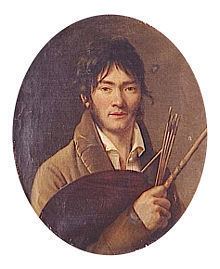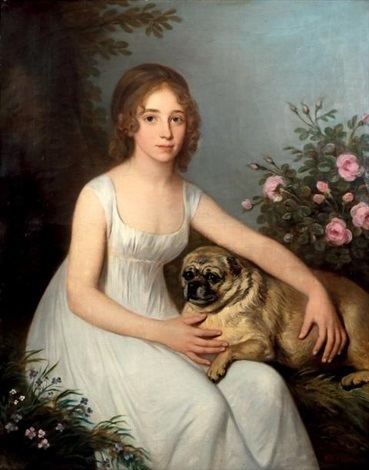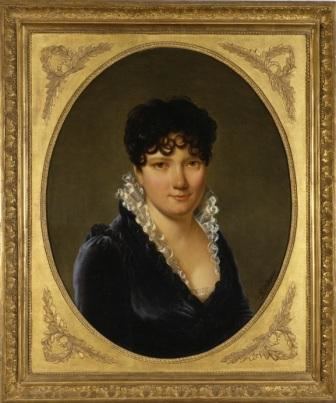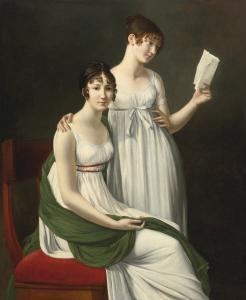Name Henri-Francois Riesener Children Leon Riesener Parents Jean Henri Riesener | Role Jean Henri Riesener\'s son | |
 | ||
Spouse Felicite Longrois Riesener (m. 1807) People also search for Leon Riesener, Jean Henri Riesener, Felicite Longrois Riesener | ||
Henri-François Riesener (19 October 1767 in Paris – 7 February 1828 in Paris) was a French portrait painter and miniaturist. He was the son of German-born cabinet-maker Jean-Henri Riesener (1743–1806) and the father of the Romantic painter Léon Riesener (1808–1878).
Contents
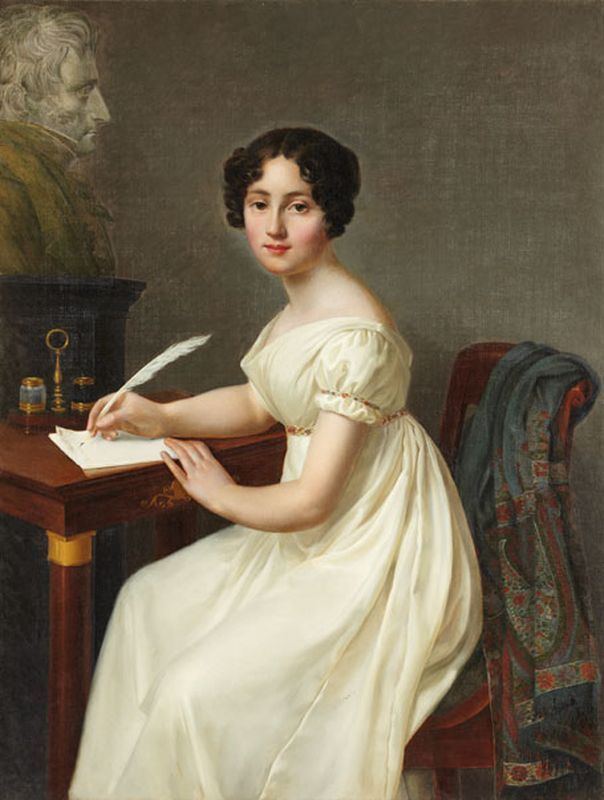
Life

First studying under Vincent then David, he finally left David's studio to join the army at the outbreak of the French Revolutionary Wars, fighting in Italy and Egypt. On his return to France, Riesener began working as a portraitist and miniaturist. His works were featured at the Paris Salon, where he exhibited portraits of Eugène de Beauharnais, général de brigade Michel Ordener, Madame Sallandrouze, the comte de Cessac and Charles Maurice de Talleyrand-Périgord, among others. Riesener also painted the singers of the Opéra-Comique, and produced a portrait of his cousin André-Antoine Ravrio, a famous sculptor in bronze at Napoleon's court, which is now on show in the musée du Louvre. He made 50 copies of his original portrait of Napoleon I, drawn during a dinner. In 1807, he married Félicité Longrois, 'dame d'annonce' (lady in waiting) to empress Josephine.
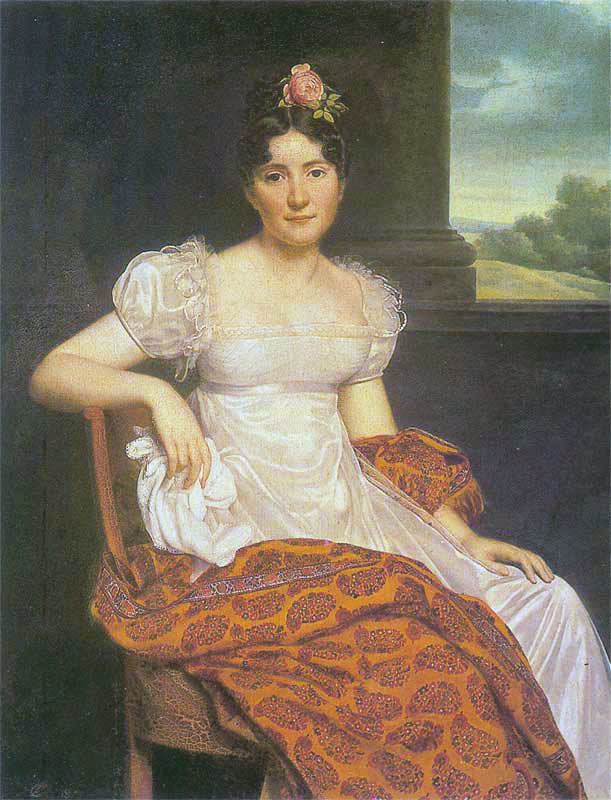
Later, he accepted commissions from British patrons. Once the British army left Paris, however, there were few commissions available, so he moved to Russia in 1815, leaving his wife and his son Léon behind in Paris. He remained in Russia and Poland for seven years, staying in Moscow (1816–1823), Saint Petersburg and Warsaw. He painted all the celebrities there and collaborated with Sewbach on an equestrian portrait of Alexander I of Russia. He returned to Paris in 1823, and in the five years before his death in 1828, managed to give his son Léon his first lessons in drawing and gain him a position in Gros's studio, as well as gain his nephew, Eugène Delacroix, a place in the studio of Pierre-Narcisse Guérin.
Main works
